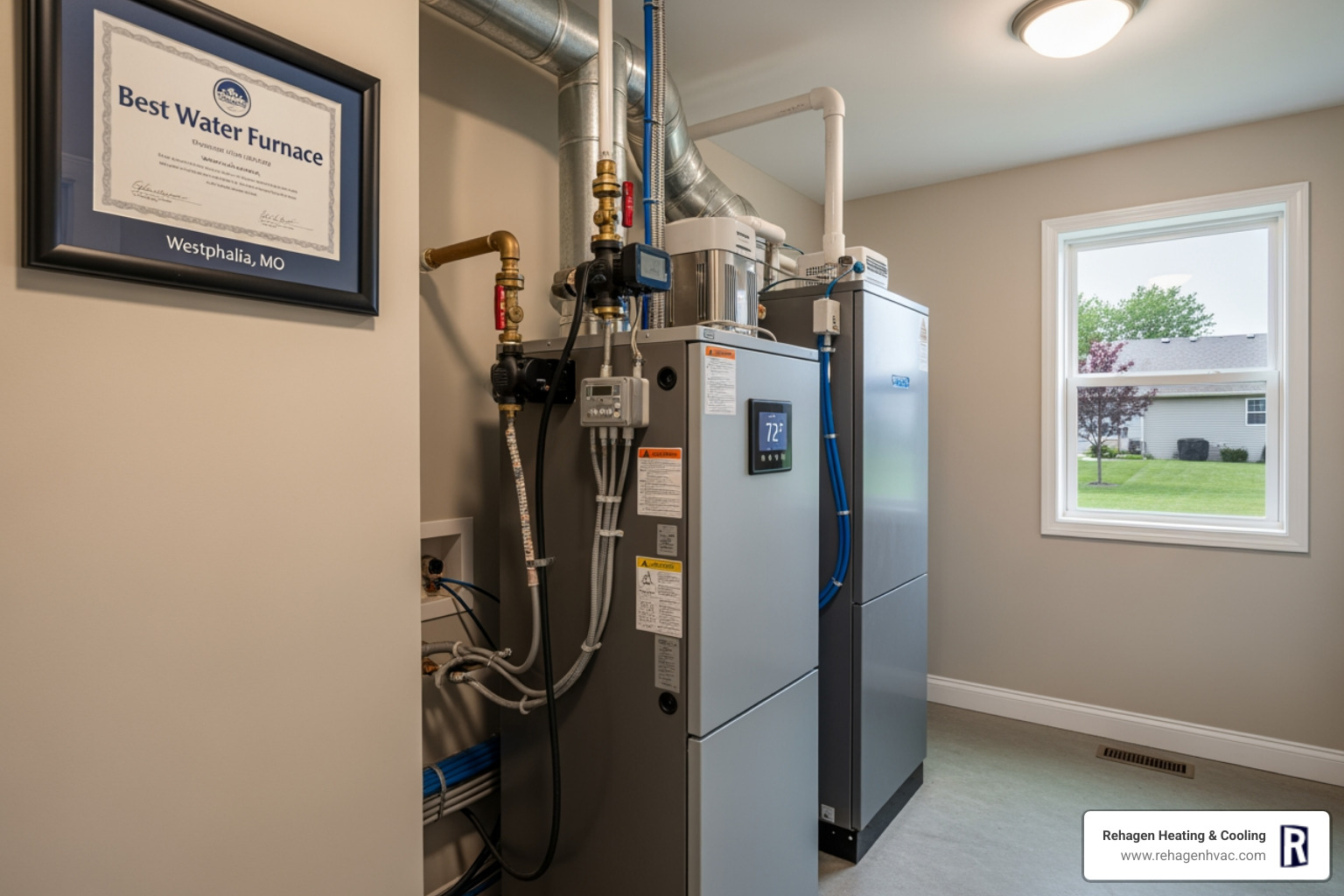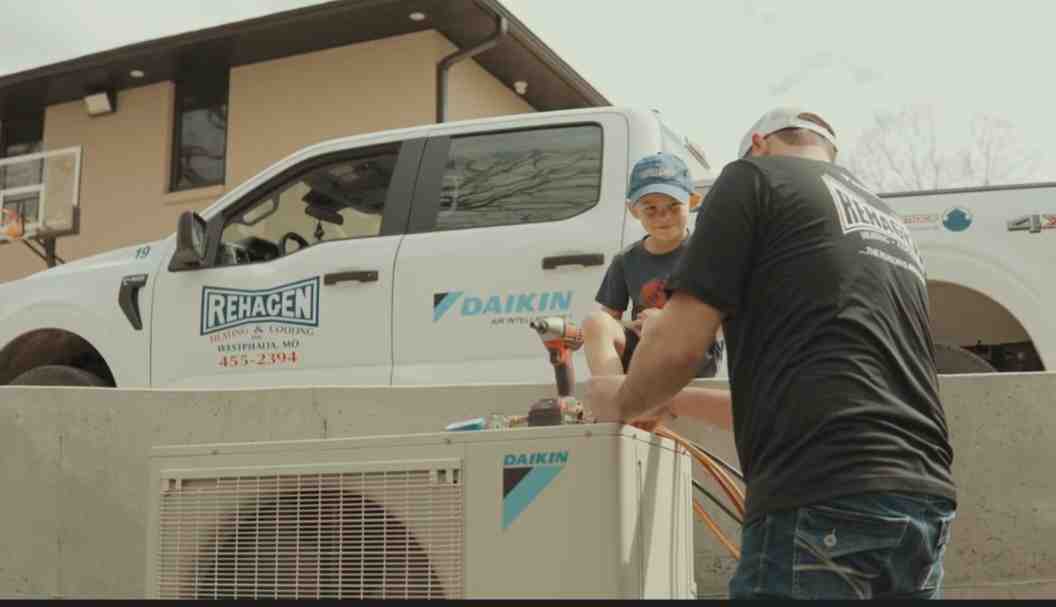Troubleshooting High Electric Bills from Your California AC System
Discover common AC issues raising your electric bills in California and learn how a professional replacement can enhance efficiency and save money.



Rising electric bills during the summer can catch any California homeowner off guard. Many assume it's just the price of staying cool in the heat, but when monthly costs keep climbing, there's usually more to the story. An inefficient AC system often becomes the hidden cause behind these increases, even when it's still running. As your system works harder to maintain comfort, your energy use can jump without you noticing right away.
Rather than guessing what's driving up the bill, it's worth looking into how your current AC system could be out of sync with your home's needs. From older technology straining under long hours of use to blocked airflow preventing efficient cooling, several issues can put unnecessary pressure on your electric usage. Optimizing your setup isn’t just about saving money each month. It also makes cooling more consistent and keeps your home more comfortable through every heat wave.
Understanding the Causes of High Electric Bills
When cooling costs begin stretching your budget, there's usually a reason behind it. Sometimes the cause is obvious, but in many cases it's a mix of equipment issues and the way your home holds temperatures. If your AC isn't keeping up or you're constantly adjusting the thermostat, the system may be burning more energy than needed to keep you comfortable.
Here’s a closer look at some common culprits:
- Aging AC Units: Older air conditioners often use more power just to perform basic cooling. Parts wear down, refrigerant levels run low, and overall efficiency drops over time. Even if the unit still cools your home, it's likely using more electricity to do the same amount of work compared to a newer system.
- Poor Insulation and Drafty Windows: If cool air escapes or hot air easily seeps in, your AC has to work harder to maintain temperature. Homes without proper insulation around the attic, windows, or doorways will commonly have a higher cooling load, especially during peak heat.
- Dirty Filters and Clogged Ducts: Blocked airflow forces your system to run longer cycles. Dirty filters restrict circulation, and ductwork packed with dust or debris prevents even cooling. Both issues can cause your equipment to overwork just to maintain a normal temperature.
- Thermostat Habits: Constantly toggling the thermostat or setting it too low can lead to extended runtime and increase energy use. Poor placement of the thermostat, like near heat sources or in direct sunlight, can cause it to read indoor temperatures inaccurately and overcool unnecessarily.
Many of these issues fly under the radar day to day, and they often go unnoticed until the electric bill arrives. What feels like a minor inconvenience during hot afternoons may be costing you far more in wasted energy than expected. Recognizing the signs early can stop problems before they become expensive habits.
Diagnosing Common Issues with Your AC in California
To bring those bills back down, it helps to pinpoint exactly where things are going wrong. Some signs are easy to spot, while others might require a closer look to notice. Start by checking how your system behaves every time it kicks on. Does it stay on longer than usual? Are certain rooms hotter than others? Do you feel air coming from the vents, but without much actual cooling?
Here are simple diagnostics steps to help narrow down the issue:
1. Check the Air Filter: If the filter looks dirty or clogged, it’s time to replace it. Restricted airflow places strain on the blower and forces the system to run longer to cool the home.
2. Inspect Air Vents and Ducts: Make sure registers aren’t blocked by furniture or rugs. Use a flashlight to glance into accessible vents. Excess dust buildup may point to a need for duct cleaning.
3. Observe Your Thermostat Patterns: If your home feels too cold or warm, check if the thermostat is reading correctly. Place a thermometer nearby and compare results. If there’s a big difference, the settings might need to be adjusted or the thermostat may need to be relocated or replaced.
4. Review Room Temperatures: Notice if any areas consistently feel warmer than others. Uneven cooling could be a sign of unbalanced ductwork or insulation gaps creating temperature losses.
5. Check for Strange Noises or Odors: Clicking, buzzing, or musty smells can be signs of more serious problems, like damaged components or blocked drain lines, which can affect both performance and energy use.
If you’ve gone through these steps and still see no improvement, that’s a strong signal that the issue might be deeper than surface-level maintenance. In those cases, professional diagnostics can make all the difference. Our technicians use specialized tools to measure system output, airflow consistency, and energy draw to deliver an accurate picture of what’s driving up the cost.
Getting ahead of the problem by identifying early warning signs and making small adjustments can make a major impact over the rest of the summer. Waiting too long may push both your system and your budget past their limits.
Effective Solutions to Lower Electric Bills
Once the issues are identified, the next step is to act before your AC problems turn into long-term expenses. There are several practical solutions that can bring noticeable relief to your electric bill without sacrificing comfort. While some improvements focus on behavior changes, others require equipment check-ups or system adjustments.
Start by scheduling a professional system inspection and tune-up. Regular service helps catch unnoticed wear, optimize refrigerant levels, and fine-tune airflow. Technicians can safely clean internal components and check for cooling imbalances that might not be obvious from the outside. For many homeowners, a tune-up results in shorter cooling cycles and more stable temperatures, without the strain on energy use.
Another effective fix is replacing air filters at recommended intervals. Filters that are clogged or overlooked for months reduce airflow and force the system to run unnecessarily long. The same applies to ductwork. Dust, pet hair, and debris can build up over time, limiting cold air circulation. Professional duct cleaning helps your system push air more effectively, reducing how hard it has to work.
Modern programmable thermostats also give you more precise control. Instead of adjusting it throughout the day, you can set it to raise the temperature while you’re at work and cool the space shortly before you return. This avoids long hours of overcooling an empty house, which can lead to a steep electric bill by the end of the month.
Proper insulation and air sealing remain key parts of keeping cooling costs under control. Rooms that feel hotter likely have areas where outdoor heat seeps in or cooled air leaks out. Adding insulation in the attic or sealing up gaps around windows and doors can allow your AC system to work less while still keeping each room comfortable.
Considering an AC Replacement in California
There comes a point when tuning, cleaning, and thermostat changes no longer deliver lasting results. If your AC is more than 10 to 15 years old, needs frequent repairs, or no longer keeps up with demand, it may be time to consider a complete replacement. Older units often use more power than necessary just to provide basic cooling, and each cycle drives up the cost on your electric bill.
Upgrading to a newer system with high-efficiency ratings can offer real savings over time. Today’s systems are built to cool more using less electricity and do a better job of managing airflow and temperature across your home. Some even include smart features that allow for easier remote adjustments. Beyond saving energy, a modern AC setup runs quieter, cools more evenly, and offers improved indoor air quality.
Choosing the right system involves more than just comparing model numbers. An undersized or oversized unit can raise energy use further, even if it's newer. Our professionals accurately assess your home’s cooling load and help you pick a system that fits it just right. From layout to insulation type, a lot goes into finding a balanced solution that helps you stay comfortable without overspending.
The installation itself also plays a large role in a system's long-term performance. Poor installation can cause energy inefficiencies no matter how new the equipment is. That’s why it’s critical to rely on technicians who know how to properly handle every connection, verify airflow, and adjust refrigerant levels based on your home’s layout.
Keeping Your Energy Bills Low and Comfort High
Running your AC more efficiently doesn’t mean sacrificing comfort. When your system is clean, tuned, and paired with good insulation and control settings, it doesn’t need to stay on for long stretches to get the job done.
To avoid cycle-after-cycle wasting electricity, keep up with the basics. Schedule regular maintenance, change filters on time, and take small steps to reduce how much cooled air escapes from your home. And when the time comes for an upgrade, stay focused on solutions that are sized and installed correctly, not just the system with the highest specs or lowest sticker price.
An efficient cooling system benefits more than just your utility bill. It brings more stable temperatures, fewer sudden malfunctions, and a quieter, more enjoyable indoor experience throughout the summer in California. Instead of reacting to high bills each month, take control of your system’s performance before the heat makes things worse.
Is your aging AC driving up your electric bills each summer? Consider upgrading with AC replacement in California to enjoy more reliable and efficient cooling for your home. Rehagen Heating & Cooling, Inc. understands the problems that come with outdated systems struggling to keep up with hot weather. For a quick estimate or to book a service visit, please contact us today.
Related articles
request service












